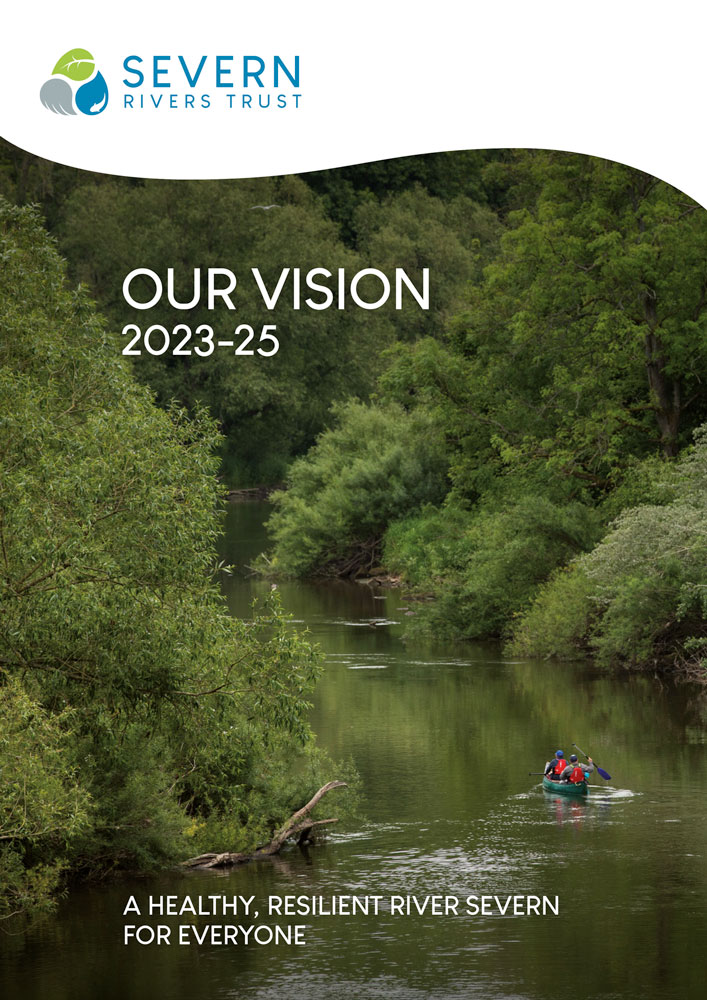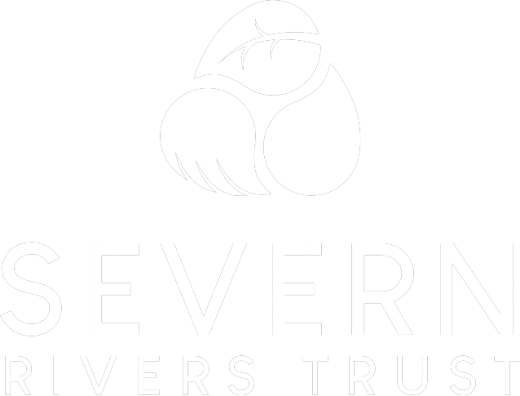Our rivers
Imagine our rivers and streams running clear, no longer compromised by phosphates and nitrates from fertilisers, manure, and other sources of diffuse pollution. While we celebrate our river heritage, we want the negative impact of agriculture and industry – the legacy of toxic waste leaching into rivers – to be a thing of the past. We can bring water companies, farmers, environmental organisations, and local communities together to monitor and actively address sources of rural and urban pollution.
Rivers should be diverse in form and habitat features; riffles, gravel bars and islands, trees that have fallen into the water, and other woody material, all hosting a range of habitats for the wildlife found in and out of the river channels. In such a restored system, winter will bring high flows moving sediment downstream, and leave clean gravels that offer perfect spawning grounds for fish like Atlantic salmon and brown trout.
At the Diglis Fish Pass viewing gallery, we want communities to continue witnessing the growing populations of fish that migrate up the Severn, including the twaite shad, European eel, salmon and sea lamprey. Imagine being able to explain to our grandchildren how we saved species almost lost forever. By removing and modifying physical barriers such as weirs and culverts, fish passage could be possible in every river. Species such as grayling, gone for so long from many of our rivers, might steadily increase in numbers. The magnificent dinosaur fish the sturgeon could return to our waters once more. The life of the Severn could be replenished.
Our landscapes
We want to see a landscape in which flood risk has been greatly reduced by massive uptake in the use of Natural Flood Management measures including tree planting and woody structures, and a shift in attitude to soil management techniques. Newly planted woodlands and well vegetated river banks can help the land withstand the forces of the powerful river flows.
Ancient hedgerows being restored will provide wildlife corridors across the landscape whilst also offering shelter to livestock and reducing overland flow and sediment run-off.
Farming practices need no longer mean the release of excessive fine sediments that clog the important gravel beds for fish spawning. Livestock can be managed differently, so that instead of heavily poached compacted land, we have healthy riparian buffer strips and vegetation which can stabilise the riverbanks and offer precious habitat for invertebrates which in turn benefit fish, birds, and mammals.
Picture a rich mosaic of floodplain meadows supporting a plethora of breeding wading birds, alive with an abundance of insects and supporting a complex food web where life thrives. Imagine that flooding, whilst a natural seasonal occurrence, doesn’t impose extensively on communities as it once did – the floodplains and wetlands now a fully functioning store for both water and carbon, keeping our towns and villages safe and resilient to the effects of climate change.
Our rural landscape can be managed by low intensity farm businesses that thrive in an open market and take full advantage of competitive state incentives for the delivery of ecosystem services, such as; the provision of clean water, carbon sequestration, flood risk management and biodiversity. The consequence is a resilient landscape that is rich in wildlife and capable of sustaining viable rural businesses.
Our communities
Rivers form an important part of local people’s identities. As well as gathering to watch the huge Severn bore which surges up the river, they will celebrate the return of European eel, shad and salmon throughout the catchment. People will make powerful connections with their rivers, learning how to look out for telltale signs of otters, kingfishers and water vole.
Severn Rivers Trust is providing exciting opportunities for people to get involved – students help us with scientific research, corporate volunteers come out to plant thousands of trees, schools are installing new rain gardens to capture rain water and help make their grounds more river friendly.
Thanks to community campaigning and collaboration between local authorities, landowners and volunteers, we’d like to see streams and rivers all around the river Severn designated as Bathing Waters. Local people will be trained and supported to take samples and monitor the water quality. By combining their findings with evidence from the Environment Agency and water companies we will have a clear picture of the health of our rivers.
How can we make this vision a reality?
We have set ourselves ambitious targets for the Severn’s rivers. Download our 2025 Vision to read about our plans including woodland creation, fish passage improvement and community engagement.
PDF, 4.5mb.


